Scots belief in the Second Sight - the gift of premonition
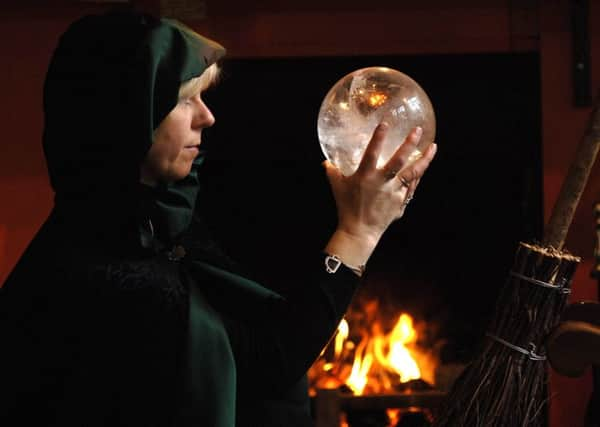

Tarot card readings are offered around the country, with people paying good money to find out their future, from someone who claims to have the gift.
The term Second Sight originated in the Highlands with the Gaels, who had many Gaelic words referring to it.
Advertisement
Hide AdAdvertisement
Hide AdAlthough the most common is an da shealladh, which translates literally as two sights - the first referring to normal vision, the second being premonitions of the future.
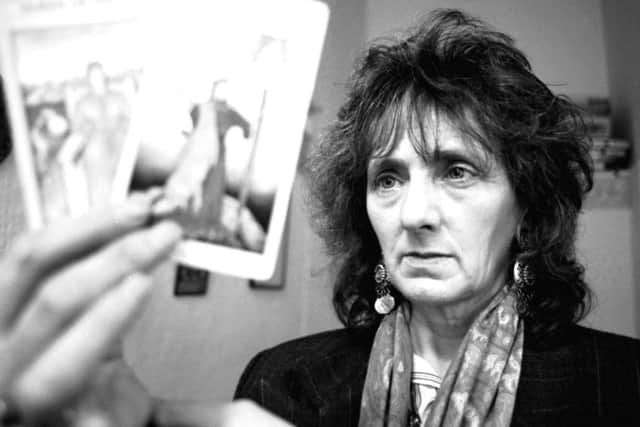

In the 17th century, when the Lowlanders looked at the Highlanders with almost fond amusement, there was still a view that the Sight was real, even amongst the central belt.
George Sinclair, the first professor of mathematics at the University of Glasgow, wrote in his book Satan’s Invisible World Discovered (1685): “I am undoubtedly informed, that men and women in the Highlands can discern fatality approaching in others, by seeing them in waters, or with winding sheets about them.
“It is not improbable, but that such preternatural knowledge comes first by a compact with the Devil, and is derived downward by succession to their posterity, many of such I suppose are innocent, and have this sight against their will and inclination.”
Just ten years later, Martin Martin, who was a Gael from Duntulm on the Isle of Skye wrote in his book A description of the Western Isles of Scotland (1703): “The Second Sight is a singular faculty of seeing an otherwise invisible object, without any previous means used by the person that sees it for that end; the vision makes such a lively impression upon the seers, that they neither see nor think of anything else, except the vision, as long as it continues; and then they appear pensive or jovial, according to the object which was represented to them.”
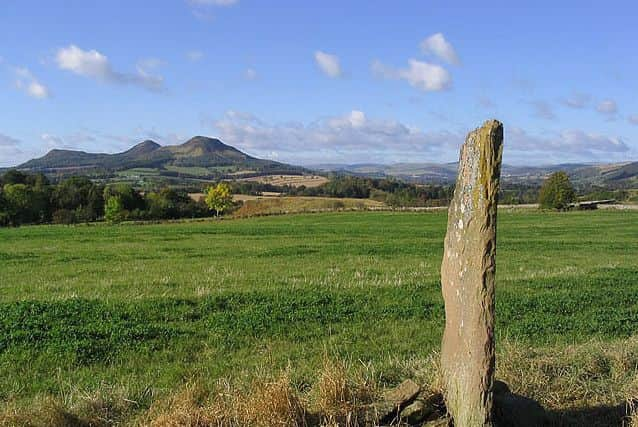

Others, however, were able to take a more neutral view. Dr Johnson in his Journey to the Western Isles book (1775) acknowledged that while it was a dying belief among the Lowlanders, the Highlanders still very much held Second Sight to be fact.
“It is the common talk of the Lowland Scots, that the notion of the Second Sight is wearing away with other superstitions; and that its reality is no longer supposed, but by the grossest people.
“How far its prevalence ever extended, or what ground it has lost, I know not.
Advertisement
Hide AdAdvertisement
Hide Ad“The Islanders of all degrees, whether of rank or understanding, universally admit it. Except the ministers, who universally deny it.
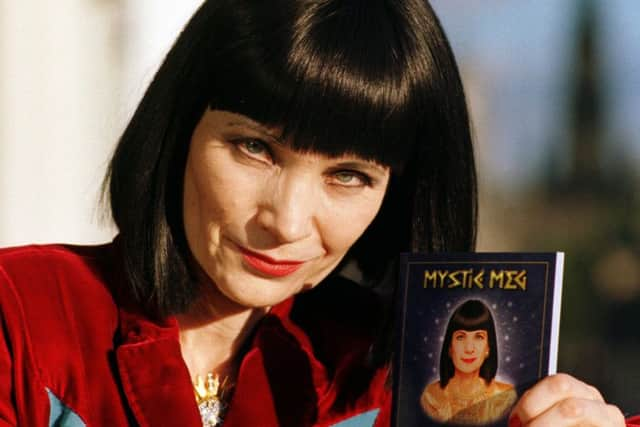

“Strong reasons for incredulity will readily occur. Yet the Second Sight is only wonderful because it is rare, for considered in itself, it involves no more difficulty than dreams.”
Dr Johnson readily admitted himself seduced by the romance and mystery surrounding the Highlanders. But some were much more inclined to be far more sceptical towards the gift.
William Daniell, wrote in his Voyage round Great Britain (1815-25): “In no very remote times this notion (of Second Sight) retained a strong hold on the minds of the vulgar (in the Highlands); and, if current testimony may be credited, the race of seers is not wholly extinct.
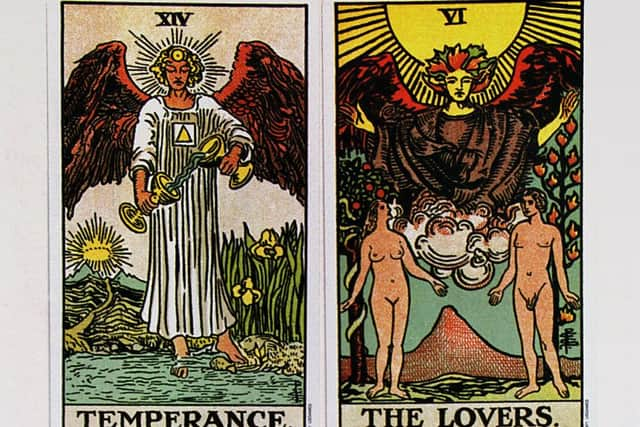

“Some of the instances that have been collected by tourists to exemplify the effects of this fearful privilege are sufficiently whimsical.
“An old chieftain in Canna complained that his repose was disturbed by the hammering of coffin-nails; and he died within a fortnight.
“Another possessed the very convenient faculty of foreseeing the approach of all visitors to the little island where he dwelt, and had therefore the option either of providing for their entertainment or of absenting himself sot that on their arrival they might be conscientiously told that he ‘was not at home’.
“A sibyl of the age of forty could take a view into futurity through the lens of a well-scraped blade bone of mutton, which on some occasions, figured to her the graves of her friends and relatives.”
Advertisement
Hide AdAdvertisement
Hide AdThis method of divining the future, with a mutton shoulder blade, was recorded on the Isle of Lewis well into the 19th century.
John Abercromby noted in his book Traditions, Customs and Superstitions of the Lewis (1895): “The shoulder blade of a black sheep was procured by the inquirer into future events, and with this he went to some reputed seer, who held the bone lengthwise before him and in the direction of the greatest length of the island.
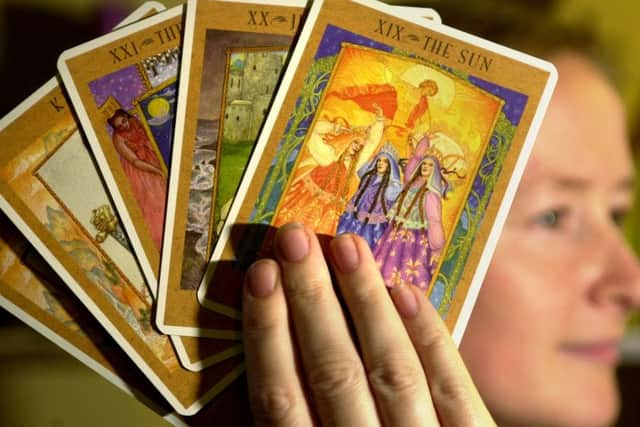

“In this position the seer began to read the bone from some marks that he saw in it, and then oracularly declared what events to individuals or families were to happen.
“It is not very far distant that there were a host of believers in this method of prophecy.”
Famed Scottish seers included the Lady of Lawers, the Brahan Seer and Thomas the Rhymer, who was said to have received his gift from The Fairy Queen, under the Eildon Tree.